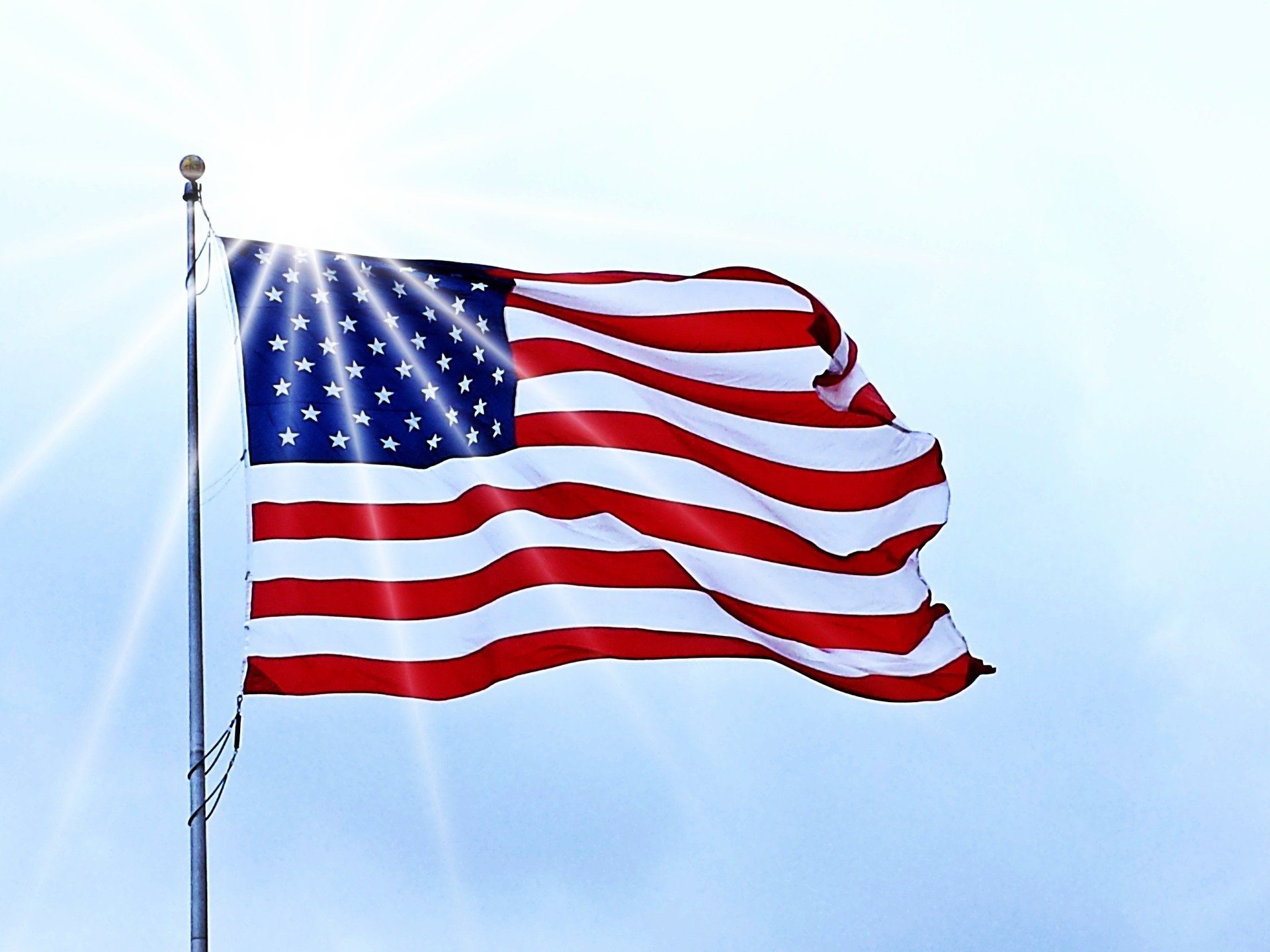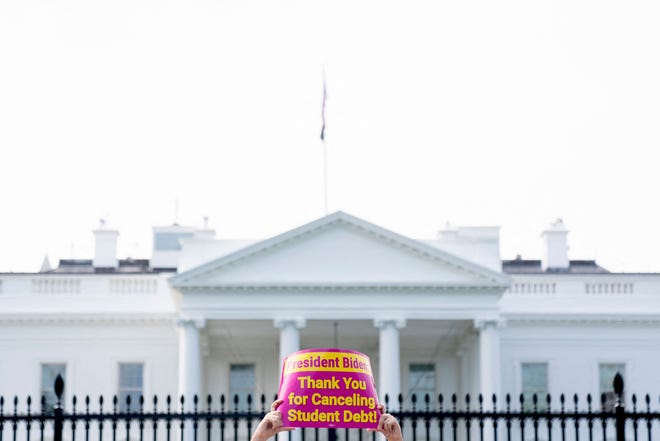- The CBO estimates Biden’s student loan cancelation plan will cost the government about $400 billion.
- Extending the federal student loan payment moratorium to the end of the year will cost $20 billion.
- The CBO cautioned that estimates are “highly uncertain.”
WASHINGTON — President Joe Biden’s action to cancel student loan debt for millions of borrowers and extend a moratorium on loan repayments will cost the federal government $420 billion, according to a report from the Congressional Budget Office released Monday.
The nonpartisan CBO estimates that Biden’s executive action in August – which canceled up to $20,000 in student loan debt for Pell grant recipients and $10,000 for other borrowers – will cost about $400 billion.
Biden’s move to extend the pause on student loan payments to the end of the year will cost an additional $20 billion, according to the CBO’s report.
The CBO cautioned that estimates are “highly uncertain.” CBO Director Phillip Swagel said it’s unclear how much student loan borrowers would repay if the executive action had not been taken compared with how much they will repay under Biden’s action.
“Those projections depend in part on future economic conditions and on how the terms of loans might be modified in the future,” Swagel said in the analysis.
More:White House pegs student loan plan’s cost at $240 billion. Experts say it will be twice that.
Republican lawmakers requested the CBO’s official budget “score” of Biden’s controversial decision to use executive authority to forgive student loan debt. The Biden administration last month projected the president’s debt cancellation would reduce loan repayments collected by the government by an average of $24 billion annually over 10 years.
But the CBO projected the cost over the entire life of loans that extend 30 years. The White House’s projection is also based on the assumption that 75% of eligible Americans with federal student loan debt will participate. The CBO forecasts a greater application rate of 90% among eligible borrowers, which would further reduce loan repayments to the government.
“This might be the most costly executive action in history,” said Maya MacGuineas, president of the Committee for a Responsible Federal Budget, a nonpartisan advocacy group on fiscal issues. “It’s unacceptable that the president would implement it without offsets and without congressional approval.”
Senior Biden administration officials, who discussed the CBO score with reporters on the condition of anonymity, did not dispute the $400 billion figure but said reaching 90% participation would exceed the norm for similar federal programs. Officials said the CBO’s projections, in fact, closely match the White House’s annual $24 billion cost estimate.
More:Nearly half of US governors, all Republican, demand Biden withdraw student loan forgiveness
Officials also pointed to variables that could change the cost, such as interest rates, wage growth and different repayment options for borrowers.
The CBO projects 95% of the 37 million borrowers with direct loans from the federal government meet income eligibility for debt cancelation. Borrowers must have incomes of $125,000 or less and household earnings of less than $250,000. About 45% of federal student loan borrowers will have their student loan debt canceled entirely, according to the CBO.
Republicans have slammed Biden’s student debt forgiveness ahead of the midterm elections as an expensive political ploy that will reward college-going elites and hurt working-class Americans who didn’t attend college.
The analysis from the CBO was requested by Republicans Sen. Richard Burr of North Carolina, ranking member of the Senate Committee on Health, Education, Labor and Pensions, and Rep. Virginia Foxx of North Carolina, the top Republican on the House Committee on Labor and Education.
The CBO estimate does not factor in the president’s new income-driven repayment plans, which outside analysts have said could cost another $120 billion.
More:Help for elites at expense of plumbers? GOP seeks midterm gains by slamming Biden student debt plan
More:Debt relief will change the lives of some with student loans, but fall short for others.
Other outside groups have projected even greater price tags for Biden’s student loan actions.
The Wharton School of the University of Pennsylvania projected Biden’s student loan cancellation will cost up to $519 billion over 10 years, and the overall cost could rise to more than $1 trillion when factoring in other of Biden’s components, such as new income-driven loan payments. The Penn Wharton analysis assumed 100% participation among eligible borrowers.
The non-profit Committee for a Responsible Federal Budget estimated a total cost of $500 billion that includes $360 billion for the debt cancellation, $120 billion for income-driven loan repayments and $20 billion for extending a pandemic-era moratorium on payments through the end of December.
Reach Joey Garrison on Twitter @joeygarrison.


